The use of iodine for cucumbers
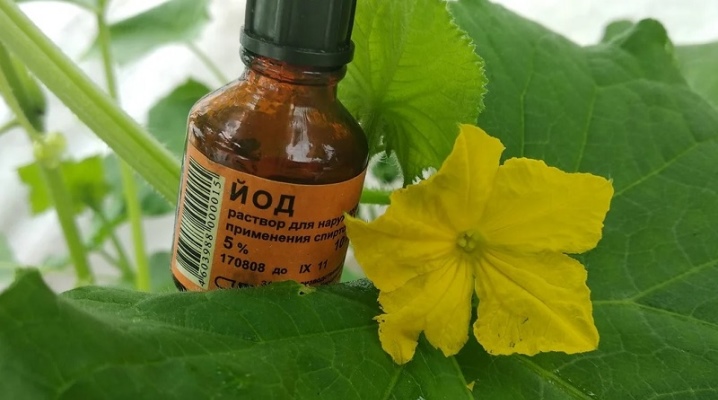
Demand for farm products is high today, and the trend towards an even greater increase in demand is clearly visible. This forces farmers to think over new crop growing strategies or improve old ones. And this applies primarily to feeding methods. The buyer goes to a healthy product, without unnecessary "chemistry", and therefore more and more so-called folk remedies are used. Although they may be in the butt category with chemicals. Such as, iodine for cucumbers.
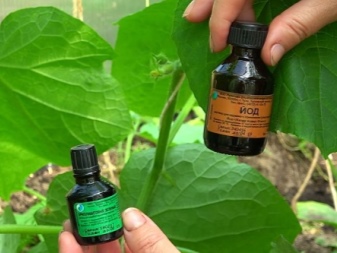

Benefit and harm
Synthetic preparations used for feeding cucumbers are an extremely undesirable option when it comes to the period of ovary and ripening. The peel actively accumulates chemicals, which reduces the value of the product immediately. But it is possible to replace synthetics, and this is often done with the help of tincture of iodine and brilliant green, well-known and cheap antiseptics. In the composition of these substances there are copper compounds, there is phosphorus and potassium - and they are necessary components for the normal growth and development of a plant.
Iodine is useful in that it infects many bacteria, fungi and viruses quickly and reliably. This antiseptic is also used in the disinfection of seeds, that is, at the very initial stage of growing the future crop. Finally, it is affordable, inexpensive, and will not be one of those expensive remedies that have not been proven effective. Iodine can cope with cucumber and ordinary mosaics, necrosis and bacteriosis, powdery mildew and downy mildew. But late blight affects cucumbers infrequently, but if it occurs, iodine will also fight it.
What else is iodine valuable for cucumbers:
- preventive properties against fungal microorganisms;
- the possibility of soil disinfection;
- negative impact on pests - they really do not like iodine;
- the ability to heal cracks and fractures on the stems that arise as a result of mechanical damage;
- stimulating capabilities - helps cucumbers grow faster and form a lot of ovaries;
- strengthening the root system;
- an increase in the harvest period;
- finally, iodine is also useful in that it improves the taste of cucumbers.
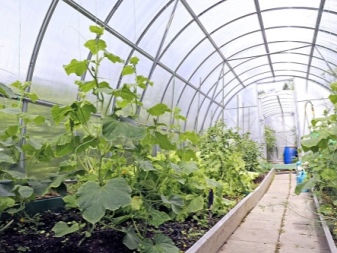
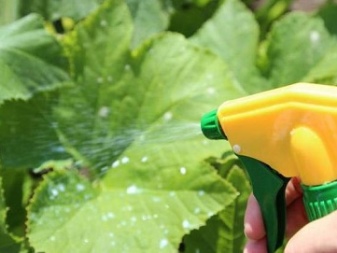
Iodine is an active participant in many biological processes, for example, it participates in the exchange of nitrogen in the soil. Thanks to this, the plant maintains a healthy green mass, and also enriches the fruits with mineral salts and vitamins. Iodine is used both for the prevention of diseases and for the treatment of already infected plants.
Perhaps more often iodine solution is used as a warning: so that the plant does not encounter negative factors at all or is ready for them. This is the norm, especially if iodine has been used since seed treatment.
And the harm of iodine is exhausted by two points.
- If the cucumbers are grown in a greenhouse, then the vapors after using iodine will be toxic. This only applies to closed growth systems. Therefore, work with iodine in the greenhouse should be in a respirator. Once the processing is complete, the greenhouse must be left with the door open. It is recommended to process the bushes in calm weather.
- In case of an overdose, when the use of iodine in the working fluid is exaggerated, burns are possible. Zelentsy can bend, it is possible that the bushes will fade after such treatment.


How to breed?
There are several recipes for preparing the composition. In the garden, they use different ones, from the simplest to the more complex, depending on the task and previous experience.
- With water... This is the easiest option.For 3 liters of water (always warm and soft), 1 drop of iodine is taken. The requirements for water are still the following - the temperature is within 20-25 degrees, melt, settled or rainwater. The chemical element simply dissolves in water, and this solution will be called the working fluid. According to these proportions, you can calculate yourself how many drops of iodine will go to the bucket.
- With serum... Whey isn't the only possible ingredient in a recipe. Instead, milk itself, kefir or yogurt can be used. For 1 liter of whey (or other dairy product), take 30 drops of an aqueous solution of iodine. It is assumed that iodine is diluted in 10 liters of water.
- With ash. Ash is a useful product of combustion of plants and wood in the garden. Ash contains a lot of potassium, magnesium and calcium. It is better not to mix ash with iodine, but to precede watering by enriching the soil with ash. That is, before the solution with iodine is ready, the soil under the cucumbers must be sprinkled with ash. Its use has a beneficial effect on the taste of the fruit.
- With baking soda. This composition is suitable for single use. Dissolve 2 tablespoons of soda in 3 liters of water, add 10 g of iodine and a little potassium permanganate there. Potassium permanganate is added before staining the solution in a slightly lilac color.
Iodine recipes can be alternated with others if they match the purpose of use. Iodine is combined with brilliant green, with white bread - such recipes are also in demand.
You need to carefully monitor the dosage - if the initial ones are given in a dilution of 1 liter, you yourself need to calculate how much you need to dilute by 3-5-10 liters.

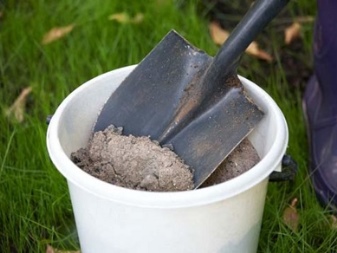
Application methods
Fertilizers are applied more often in two ways - watering (root method) and spraying (foliar). There are general processing rules for the two methods.
- It is necessary to process the plant in the evening hours, when the roots of the cucumbers can absorb liquid from the soil. During the day, when the sun is active, they will not do it with the same efficiency. In the daytime, it is better not to deal with processing, because there is also a risk of burns for plants. Even when it is not sunny outside, it is better to refuse such a procedure in favor of the evening.
- Correctly apply the solution on wet soil so that the roots of the cucumbers are also protected from chemical burns.
- The dosage does not change only at the request of the farmer. Options "to be sure" and "for greater effect" will only bring harm.
- If it happens in a greenhouse, and after spraying, and after watering, it is impossible to stay in it for a long time - it should be remembered that iodine vapors are toxic to humans.
- If watering the root, the solution should not get on the stems and leaves.
And, of course, you also need to remember about your own protection: work with gloves, protecting open areas of the body, if necessary.
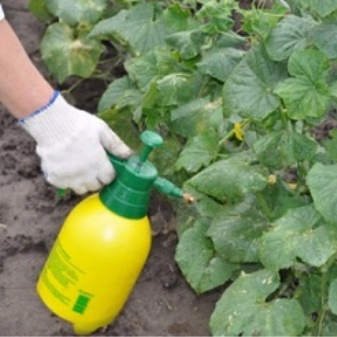

Watering
You should start by treating the seeds. This is not pure watering, but closer to it than to spraying, such an event belongs. There is definitely a need for pre-planting treatment, because this way the plant will be protected from the attack of pests and diseases. And for the formation of green mass, iodine at the seed stage is also useful. 1 part iodine to 1 part warm water - this is the proportion for this working solution. If an alcoholic tincture of iodine is used, 1 drop per 1 liter of water is sufficient.
The seeds are sent to a not very deep dish with a wide bottom. They are poured with a small amount of solution, it should completely cover the grains. After 6 hours, the seeds are taken out of the water, then dried thoroughly with a soft cloth or napkin. Such activities will allow the cucumber seeds to germinate faster.
Watering is carried out in two versions.
- Site processing. The land can be fed before the cucumber seedlings go there. In particular, podzolic and peat soils especially need such feeding. At the same time, together with feeding, the soil is disinfected, that is, two procedures in one. If the soil is taken ready-made, disinfection with iodine is not required.The calculation is as follows: a bucket of warm water, 4 drops of 5% iodine. With this solution, soil is poured through a sprayer or its equivalent.
- Final irrigation. Watering the soil with iodine solution for the last time is necessary during the period of intensive fruit growth. In the period of a flourishing culture, this is prohibited. In the midst of fruiting, iodine feeding will protect cucumbers from diseases and pests, from phytophthora, powdery mildew and root rot. The standard recipe for this period is 5 liters of water and 15 drops of iodine, half a liter of milk is also sent there. This is done, as already noted, only in the evening so that the sun's rays do not dry out the treated soil.
It was about root feeding, the purpose of which is to enrich the soil under the cucumbers so that the roots of the plant can absorb the useful element. There is also another option.
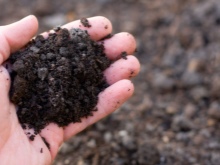


Spraying
Spray cucumbers with iodine usually should be in case of detection of a disease, for example, root rot. If the leaves turn yellow, the roots acquire a brown color and the ovaries on the cucumbers have begun to die off, it's time to get down to business. For 1 part of iodine, 2 parts of water are taken, and this mixture should be gently sprinkled on the stems of the plant, or better - smeared with the affected stems with your hands (with gloves, of course). At least 10 cm should be retreated from the root. Such processing should occur every 3-4 days.... Symptoms of the disease disappear in about a week or a little more.
And another interesting spraying method that helps preserve green tops on cucumbers. For 15 liters of water, 1 white loaf is needed, it is soaked in water. In the morning, the loaf is crushed, and then a small bottle of iodine is poured into a container with water and a loaf. This mixture has to be filtered, and now you can spray cucumbers with it from a sprayer. If the product has not been used up at a time, the infusion can still be stored in the refrigerator for 2 weeks, after this time, repeat the treatment. Use the solution not cold, but preheated.
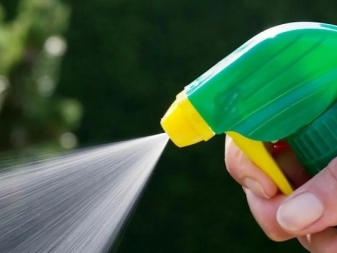
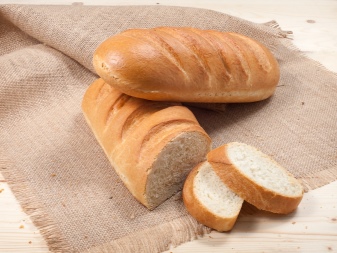
Recommendations for use
If the seeds have been soaked, the next treatment will be in the soil. But there is another option - processing seedlings at home.
Houses
An antiseptic solution is prepared as follows: 1 drop of iodine is taken for 3 liters of water. This solution is used to process seedlings on the windowsill or on the balcony. This will increase the immunity of young bushes, especially if there is no certainty about the quality of the seeds and their preparation.
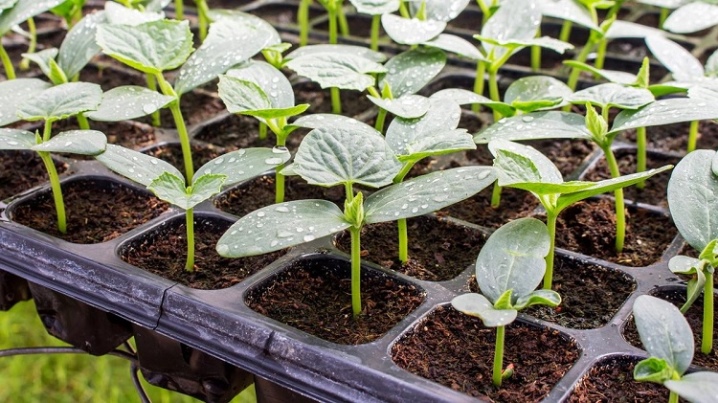
In the greenhouse
In the greenhouse and in the open field, cucumbers grow in different ways, more precisely, the conditions for their growth, caring for them are somewhat different. This is the difference in the level of illumination, and temperature, and humidity. The lack of natural air circulation in the greenhouse is its negative property, which often contributes to the development of certain diseases. The same root rot. That is why iodine is used in the greenhouse as a natural antiseptic that can prevent diseases of cucumbers. This applies to both plastic greenhouses and polycarbonate structures.
The following recipe would be ideal, judging by the feedback from experienced farmers:
- 10 liters of water;
- 10 ml of iodine tincture;
- 3 drops of brilliant green.
The resulting liquid should be sprayed on the cucumbers in the greenhouse using a spray bottle. If the infection has already entered the greenhouse, then the composition of the mixture will be more concentrated - 1 part iodine to 2 parts water. But with such a composition, you can only coat the stem of a cucumber, full spraying is excluded. It is necessary to retreat from the ground at least 10 (or better 15) cm, which will prevent the powerful composition from getting to the roots of the plant. Such a procedure can be carried out daily until the disease recedes (usually the case ends with 4-5 sessions).
In the greenhouse, the foliar processing method is often used, which is understandable: the sun's rays will not pass through the walls of the greenhouse, and cucumbers are not afraid of burns. Finally, the effect of spraying will be higher, because the area that assimilates the useful components of the mixture is larger. And the process of exposure to the working solution of iodine will also start faster.
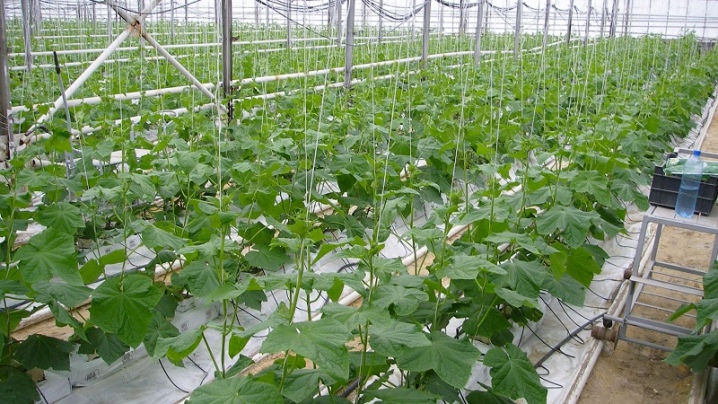
In the open field
This growing method also has its drawbacks.Protecting open beds from the attack of insects and pathogens is also not easy. Outdoor plantings are often attacked by downy mildew. This can happen due to excessively cold watering and sudden temperature fluctuations (plants in a greenhouse suffer from this, of course, less). If light yellow spots appear on the leaves, which darken as the disease progresses, and the lower part of the leaf turns dirty gray, it is likely that this is downy mildew.
At the onset of the disease, the plant is abundantly treated with a composition in milk or whey. Borage is watered by sprinkling, always with abundant irrigation of lashes, shoots and leaves. The ground near the roots is also additionally irrigated. Next, the usual watering of cucumbers is possible only in a day. In general, cucumbers do not particularly welcome intensive watering, they harm the root system (namely, superficial). Therefore, the best top dressing will be watering on the ground, in which small grooves are made. To better protect and feed the plant, the bottom of the stems can be covered with humus or mulch.
If you start using iodine in time and do not overdo it, the need for chemical processing agents will disappear altogether. Cucumber leaves and whips are very responsive to changes in the weather, they do not like high humidity and suffer from attacks of pathogenic spores... That is why it is difficult to do without any feeding. Iodine, being a well-known antiseptic, will calmly cope with undeveloped foci of pathogens, individual bacteria, viruses and fungi.
In order to pick a sweet cucumber from the garden in July, you have to help the borage cope with diseases, withstand bad weather and take the most useful from the earth. And iodine is one of the first assistants here.

For information on how to properly use iodine for cucumbers, see the next video.













The comment was sent successfully.